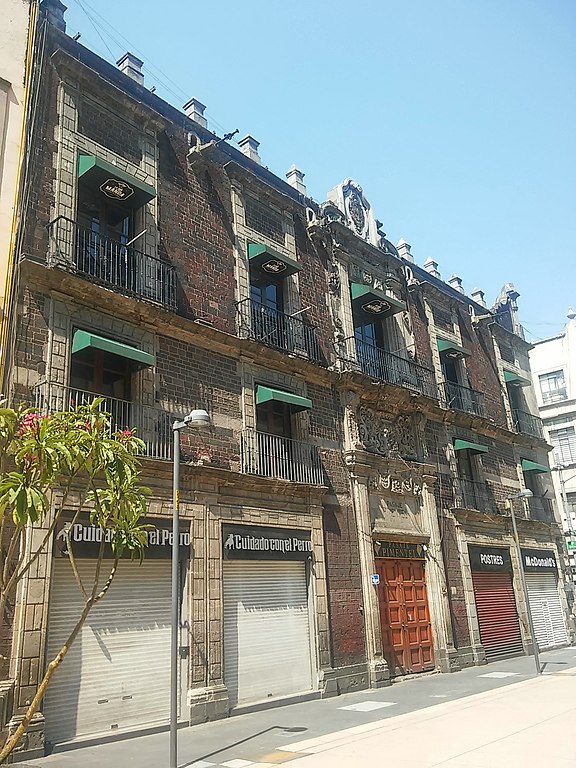
The Casa del Marqués de Prado Alegre is an 18th century building. It’s unique for the ancient carved stone circle on the corner. This is likely to have been re-purposed from an indigenous temple or building nearby from the preceding ancient city. The square plaque contains a series of concentric rings, one of them of feathers. The date, 1725, was carved into it at the time of the building’s construction.
The owner of the house was Don Francisco Marcelo de Tejada who had been bestowed with the title. He was also the Viscount of Tejada and a Knight of the Order of Calatrava. He bought the house in 1764 from the Convent of the Incarnation. Don Francisco is said to have been well-regarded for his mastery of ancient and indigenous goldsmithing techniques.
The house was authorized by the Spanish crown to bear the family crest. Inside were a formal chamber for audiences, essentially a throne room, plus quarters for the family and staff. The building has two courtyards, one of which opened onto the stables and the barn.
The ground floor has been significantly modified. But much of the upper two floors remain intact at least on the outside. The entire façade is topped by carved stone and metal gargoyles. The corner niche was added in the 20th century and houses a statue of the Virgin of Guadalupe.
Visitors may enter the retail locations on the street level. The upper floors are not open to the public, other than in the upper floor dining area of McDonald’s. In any case, very little that is of historical significance remains visible other than the exterior. The Casa del Marqués de Prado Alegre was declared a historic monument in 1932.
Sources cited on this page:
Mexico Heraldico: Palacio del Marqués de Prado Alegre
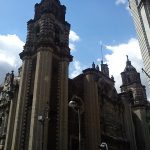
Nearest at 0.08 kms.

Nearest at 0.09 kms.

Nearest at 0.10 kms.

One of Avenida Madero's most famous corners . . .
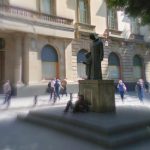
One of the unusually placid streets in the Historic Center . . .
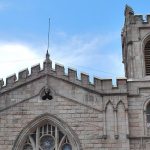
A historic Methodist church on the Avenida Balderas . . .
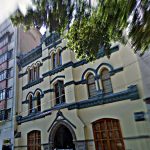
A historic Methodist church in the old grand cloister of San Francisco . . .

One of Mexico City's best known public plazas...